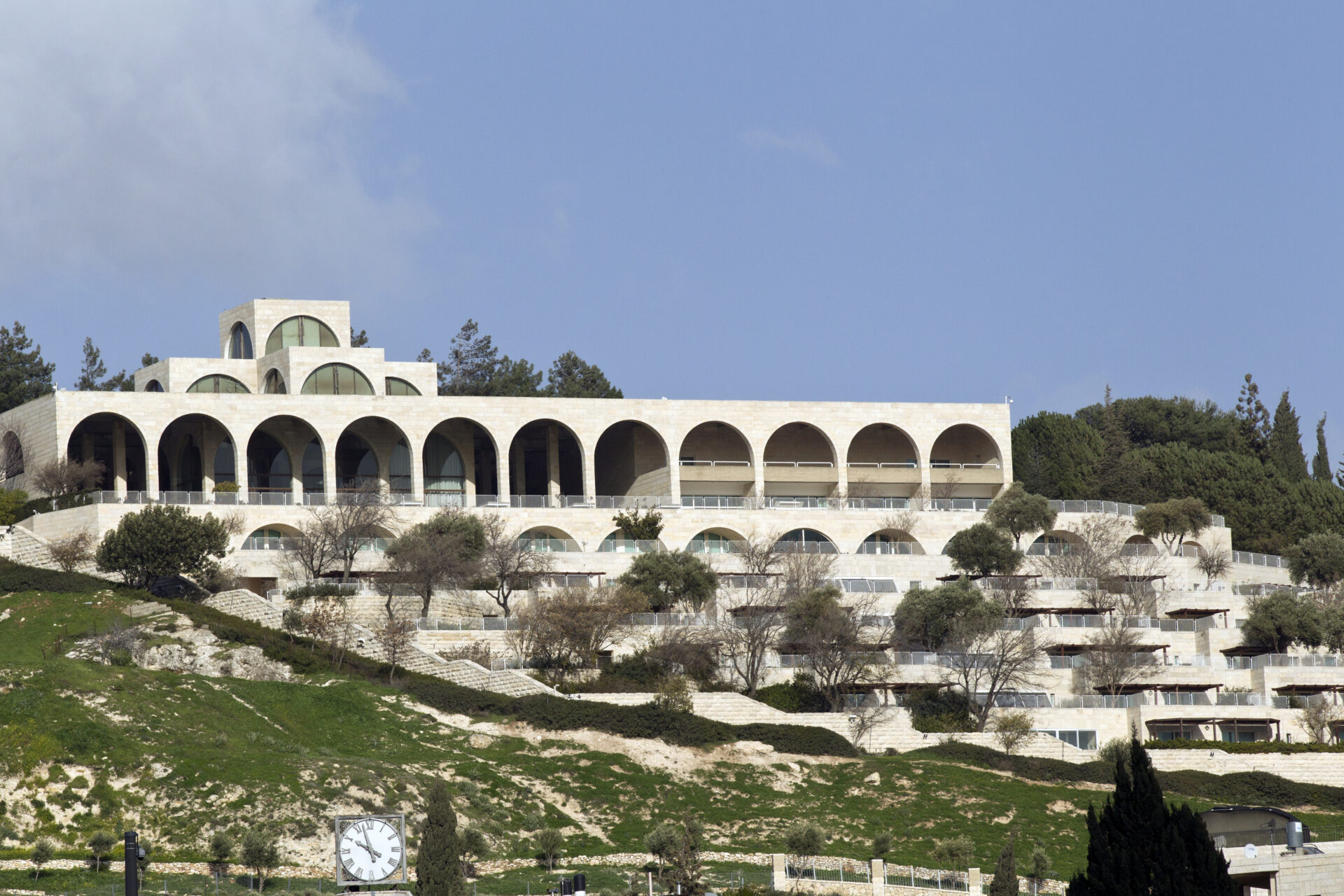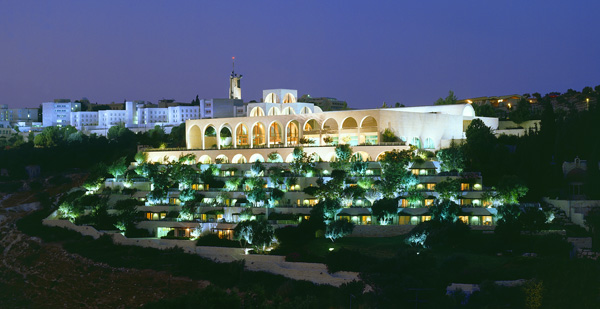
The BYU Jerusalem Center for Near Eastern Studies will open back up this spring after two years of being shut down because of COVID-19.
Since 1989, the Jerusalem Center has offered BYU students the opportunity to spend a semester in the Holy Land learning about the history, languages and cultures of the area.
The center closed March 18, 2020 in response to the global pandemic. Because the Israeli borders opened back up to U.S. passport holders earlier this year, the center can now accept students again, according to James Kearl, the assistant to the university president of the Jerusalem Center.
“We didn’t want to open back up until COVID was better managed both here and in Israel,” Kearl said.
The program is allowing 88 students to participate during the coming spring semester and hopes to be back at its full capacity of 108 students by this fall.
The reopening has been long-awaited for a multitude of students. According to Jerusalem Center faculty member Jeff Chadwick, every spot in the program is usually applied for within a day.
“To walk where Jesus has walked and experience learning about him in places that enhance your ability to understand is a high-value thing for many students,” Chadwick said.
One of these students is Abby Larkins, who spent her Fall 2019 semester in the Holy Land.
“A lot of my friends were going on missions, and I decided not to go on a mission, but I still wanted to do something kind of special and unique and spiritual,” Larkins said. The Jerusalem Center provided her with that experience.
At the center, students take classes about the Old Testament and New Testament, the history of the Near East and either the Hebrew or Arabic languages. They also take one class from a Jewish Israeli professor and another from a Palestinian professor, both of whom are from Jerusalem.
The students also participate in a field-tripping class, which allows them to visit the places they learn about in the classroom. Among the sites Larkins said she and her classmates visited were the places where the prophet Paul taught in Greece, the caves where the Dead Sea Scrolls were excavated, the Garden of Gethsemane and the hill where Christ was crucified.
She recalled with particular fondness her ten-day stay in Galilee, where the students took a boat out on the sea where Christ was said to have calmed a storm in Mark 4. Experiences like these attest to the power of “the spirit of place,” as Chadwick mentioned.
When the students are not adventuring around the region, they are usually at the center itself, which is 125,000 square feet with eight floors, according to its website.
“You feel like you’re in Hogwarts,” Larkins said of living in the center.
Directors have taken advantage of the two-year hiatus by renovating the center. They have “replaced marble floors, renovated the gymnasium and office complex, rebuilt the computer lab and study area and are just beginning library renovations,” Kearl said.
The building also holds two auditoriums and a domed theater, the latter of which hosts concerts for local audiences. The center will only be open to students for now, but these concerts are scheduled to start back up at the end of June.

Chadwick, who was present at the groundbreaking in 1984, said BYU is able to have a center in Jerusalem because the local people trust that students, faculty and administration will not proselytize.
“At the time when we were building the building, there was a great deal of suspicion because Latter-day Saints were known as really effective missionaries,” Chadwick said. “And that’s one thing that both Jews and Muslims are not interested in having: Christian missionaries.”
That is why Ezra Taft Benson, president of the Church at the time, decided Latter-day Saints involved with the Jerusalem Center would not speak of their religion in detail while in the Holy Land.
“We’re there to study, and if we are going to be anything of a light it will be because people see that we keep our word and that we act with honor,” Chadwick said.
A significant reason the Jerusalem Center has kept this commitment is because the center has always been under prophetic direction.
Of all the many benefits the program offers, Larkins emphasized the chance to form new friendships.
“I met a lot of my best friends there that I would never have gotten to know in Provo because we all came from different majors and lived in different places,” she said.
Students form strong connections with their professors as well. Chadwick said students he taught in Jerusalem years ago still keep in touch with him.
“They never forget,” he said. “It’s that powerful of a program.”




